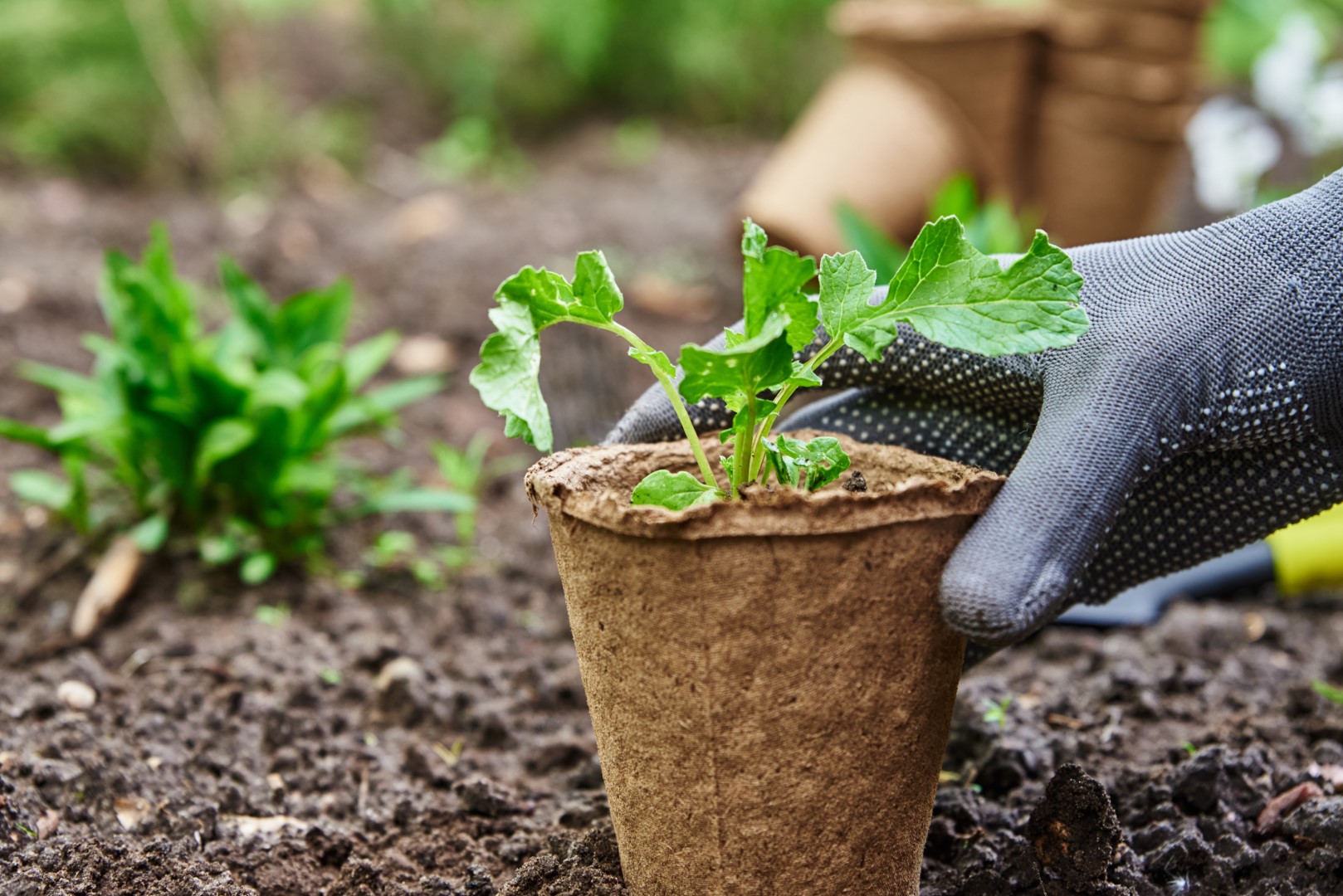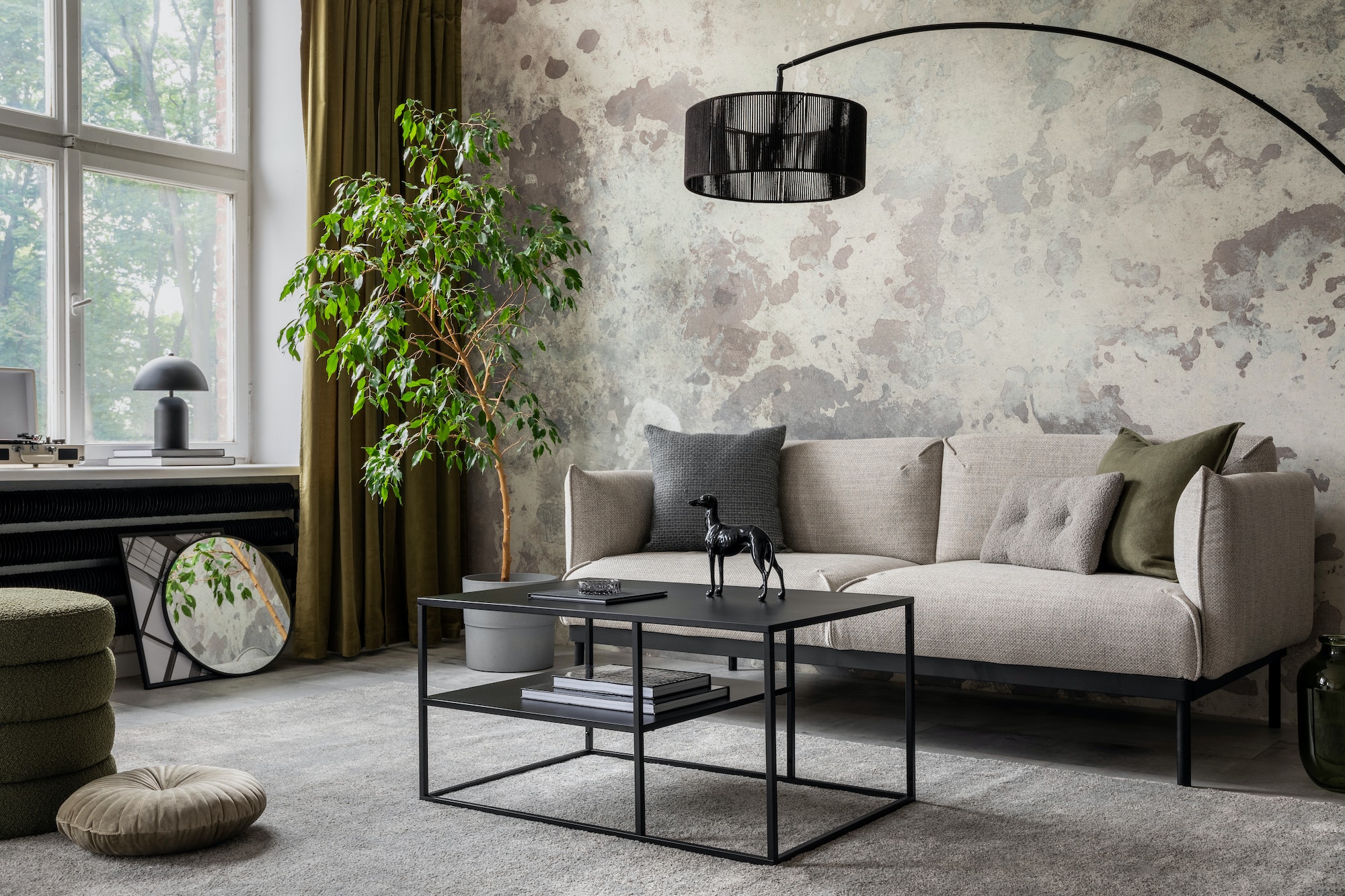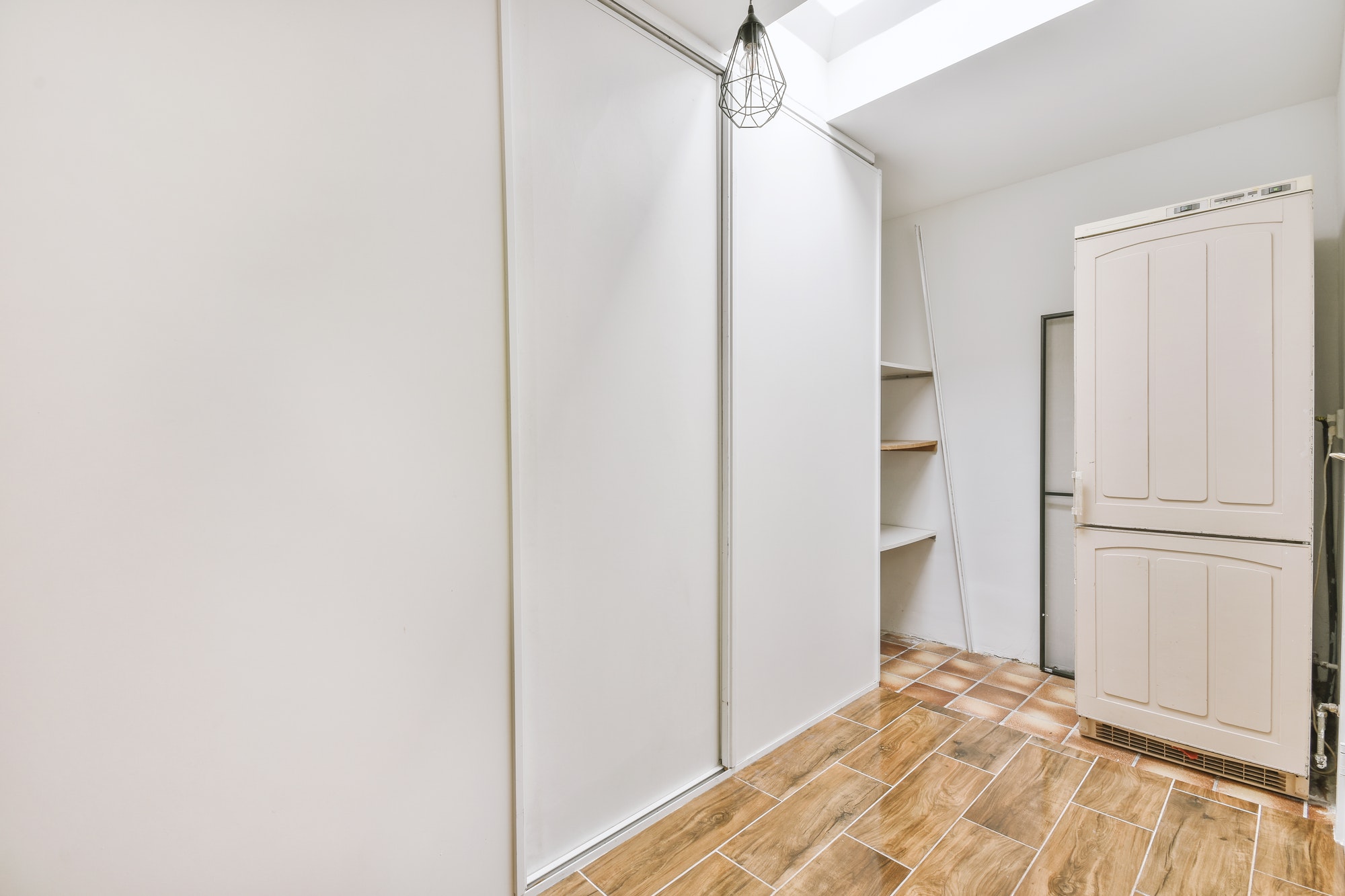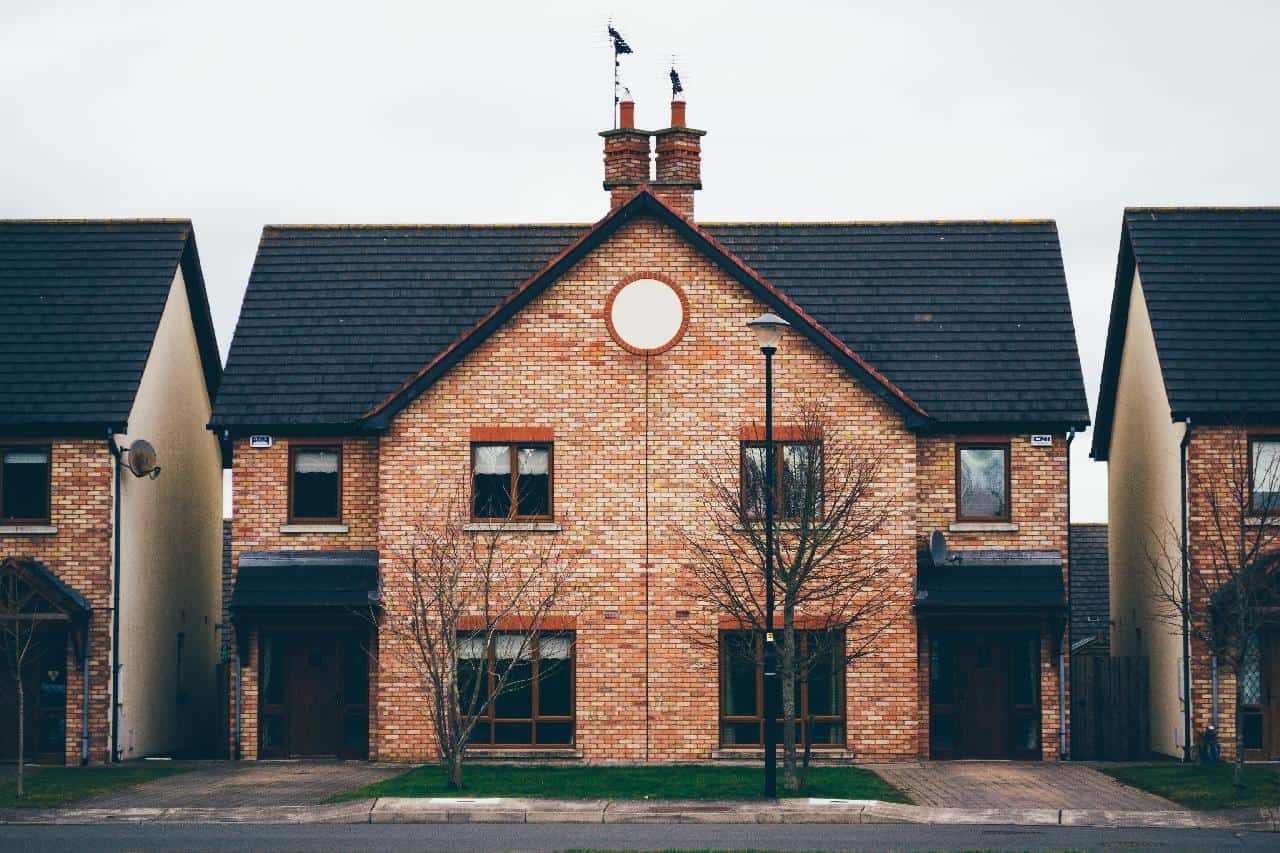As more people turn to urban living, the space for traditional gardening dwindles, making indoor gardening an increasingly popular option. However, as we bring the green indoors, it’s vital to consider our environmental footprint. In this article, we’ll explore sustainable practices for indoor gardening that not only enhance your living space but also contribute to a healthier planet.
Why Eco-Friendly Indoor Gardening Matters
Indoor gardening offers a plethora of benefits, from beautifying your home to improving air quality and reducing stress. By adopting eco-friendly practices, gardeners can minimize water usage, reduce waste, and avoid chemicals that harm the environment. This approach aligns with a growing global emphasis on sustainability and responsible living.
Using Recycled Materials for Planters
One of the most accessible and impactful ways to cultivate an eco-friendly indoor garden is by using recycled materials for planters. Common household items such as glass jars, metal cans, plastic containers, and even worn-out boots can be transformed into unique and functional plant holders. This recycling practice not only helps reduce waste that would otherwise end up in landfills but also injects a personal and creative touch into your gardening space.
For those who prefer a more refined aesthetic, these recycled planters can be painted, covered with fabric, or adorned with eco-friendly decorations to enhance their appearance without compromising on sustainability. Moreover, engaging in such creative recycling projects can also be a fun and educational activity for families, teaching the value of sustainability through practical application.
Choosing Eco-Friendly Soil Alternatives
While traditional potting soils are convenient, many contain peat, which is harvested from peat bogs that are crucial for carbon storage, biodiversity, and water management. Extracting peat thus contributes to the degradation of these vital ecosystems. An excellent sustainable alternative is peat-free potting mixes, which are made from renewable resources such as coconut coir, rice husks, and processed bark.
These materials not only provide good drainage and nutrient retention but also ensure that your gardening practices are not harming the environment. Another option is creating homemade compost from kitchen scraps and yard waste. This not only enriches the soil with nutrients but also reduces household waste, closing the loop on your organic waste cycle.
Water Conservation Techniques
Efficient water use is pivotal in reducing the environmental footprint of indoor gardening. Adopting techniques such as drip irrigation can dramatically lower water usage by delivering moisture directly to the roots of plants, where it’s most needed, thus minimizing waste. Self-watering planters are another innovative solution; these systems use reservoirs to allow plants to absorb water as needed, reducing the frequency of watering and ensuring optimal moisture levels.
Additionally, the incorporation of water-retaining materials like vermiculite or perlite into the soil mix can help retain water and reduce the need for frequent watering. Beyond these methods, collecting rainwater in barrels or reusing greywater from household use (such as from showers and washing machines) can provide an ample supply of irrigation water without tapping into fresh water resources. This not only conserves water but also reduces your overall household water consumption, fostering a more sustainable lifestyle.
Benefits of Organic Gardening
Using organic fertilizers and pest control methods can greatly benefit your indoor garden and the environment. Organic fertilizers, such as compost tea or worm castings, enrich the soil without the harmful chemicals found in synthetic fertilizers. Similarly, natural pest remedies, such as neem oil or soap sprays, can protect plants without the toxicity of conventional pesticides.
Lighting Choices for Indoor Gardening
While natural light is best for indoor plants, not all spaces are blessed with ample sunlight. LED grow lights offer a sustainable alternative, consuming less energy and producing less heat compared to traditional grow lights. When positioning these lights, ensure they provide the right spectrum for plant growth while maximizing energy efficiency.
Optimal Lighting with Spider Farmer Glow80 80W LED Grow Light
Choosing the right lighting for your indoor garden is crucial, not only for plant growth but also for energy efficiency. The Spider Farmer Glow80 80W LED Grow Light is an excellent choice for gardeners looking to combine performance with sustainability. This state-of-the-art LED light is designed to provide a full spectrum of light, closely mimicking natural sunlight, which is essential for healthy plant growth and development.
The Glow80 is especially noteworthy for its energy efficiency. Utilizing only 80 watts of power, it emits very little heat, which not only saves energy but also reduces the risk of harming your plants with excessive heat. This feature makes it an ideal choice for small, enclosed spaces where temperature control can be a challenge.
Moreover, the Spider Farmer Glow80 is built with durability in mind. Its solid construction ensures long-term use, reducing the need for frequent replacements and thus contributing to waste reduction. By investing in a high-quality grow light like the Spider Farmer® Glow80, indoor gardeners can ensure their plants receive optimal lighting conditions with minimal environmental impact.
The Role of Indoor Plants in Sustainable Urban Living
Beyond their aesthetic value, indoor plants play a critical role in promoting a sustainable urban lifestyle. They improve air quality by removing toxins and emitting oxygen, increase humidity, and can even help reduce noise levels. By choosing low-maintenance plants that require less water and care, urban dwellers can enjoy the benefits of greenery without excessive resource use.
Conclusion
Adopting eco-friendly indoor gardening practices isn’t just a trend; it’s a significant step towards sustainable living. By using recycled materials, choosing sustainable soil alternatives, conserving water, and opting for organic gardening methods, we can create lush indoor gardens that are as kind to the earth as they are to our souls. Whether you’re a seasoned gardener or a novice, implementing these practices can lead to a healthier, more sustainable home environment.




